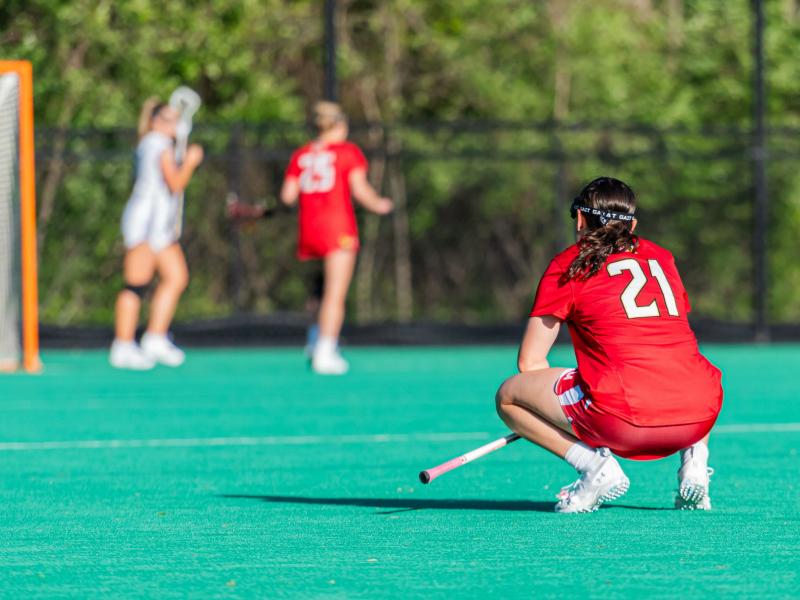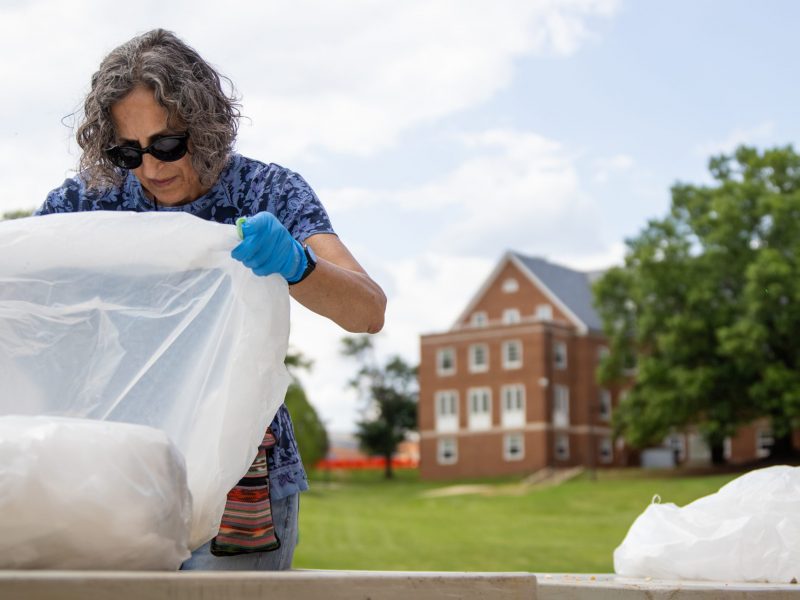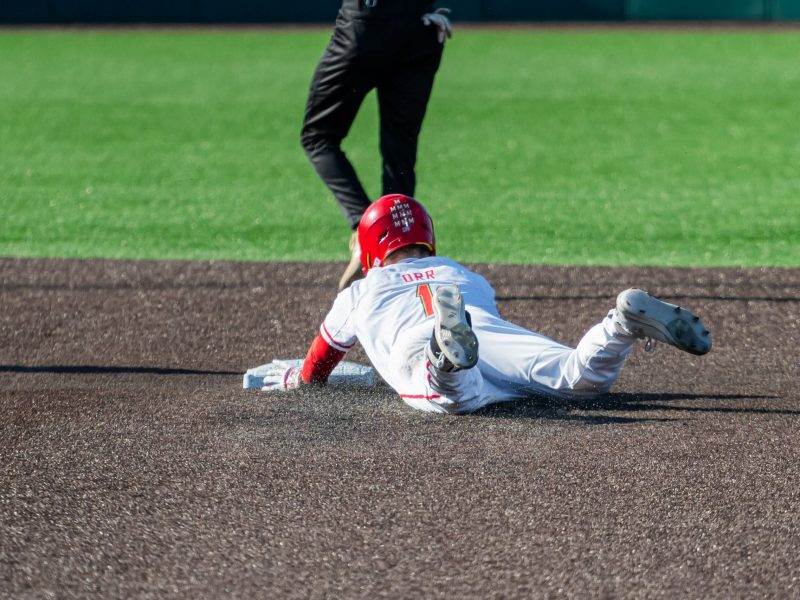[Editor’s note: This is the sixth part of a biweekly series that will run this year chronicling significant events in the university’s history.]
Long before the Princeton Review placed the university near the top of the list of party schools nationwide, students were proving they could boogie the night away.
Fueled by rising female enrollment and the onset of the jazz era, the university became a bustling social scene in the 1920s, according to university historian George Callcott’s book The University of Maryland at College Park: a History. Weekend dances, formal balls, fraternity and sorority socials and even nearby speakeasies came to rule campus life until World War II.
During this peak time for dances, the several dozen university-sponsored dances would take place in the campus gymnasium, as well as in ritzy Washington hotels, including the Willard Hotel, Callcott wrote, adding that The Diamondback once tallied more than 20 university-sponsoreddances in one semester.
University alumnus Dorothy Rose, who graduated in 1937 with a degree in French, said she made it a priority to go the dances with a group of her engineering friends.
“I remember having a good time,” said Rose, who graduated in 1937 with a degree in French. “We didn’t want to miss any of them.”
One of the main attractions for dancers on the campus was the Rossbourg Club. Named after the Rossborough Inn, which served as the first stop for stage coaches out of Washington, it was a “social center” during the 1800s and one of the oldest and most prolific social clubs on the campus.
The club hosted about five formal dances throughout the year and became popular for booking well-known orchestras at the time, like Paul Tremaine, Bunny Berrigan and Artie Shaw.
One of these dances was the Military Ball, a formal event that became popular among students beginning in 1920. For the 1933 Military Ball, a lieutenant from the United States Marine Corps flew over the campus and threw out 1,000 announcements for the dance from his service plane, including five free tickets.
The country’s involvement in World War II affected the lighthearted dancing atmosphere at the university. In 1942, the Rossbourg Club only sold a limited number of tickets due to the uncertainty of student enrollment during the time. That same year, the Student Government Association sponsored a Money Drive Dance where the 55-cent admission went toward the Community War Fund.
Regular dances returned to the campus when the war was over, though they came back with slightly less vigor. The climate of the university began to become more academic in the 1950s.
The Calvert Cotillion, a formal dance hosted by Omicron Delta Kappa, ended in 1955, and the Rossbourg Club disbanded in 1958. In 1961, an Honors Convocation replaced the traditional May Day ceremonies, showing the changing tides at the university.
Despite the decline in popularity of dances, the social aspect of the university still remains, regardless of whether people are meeting people on a dance floor or on a bar floor.
“I remember that [the dances] were very good for meeting people,” said Robert Bradt, a 1947 alumnus. “When everybody came to the university, nobody knew anybody, and without some social action like that, it would have been a lonesome and lonely place.”
Contact reporter Kaitlyn Seith at seithdbk@gmail.com.


